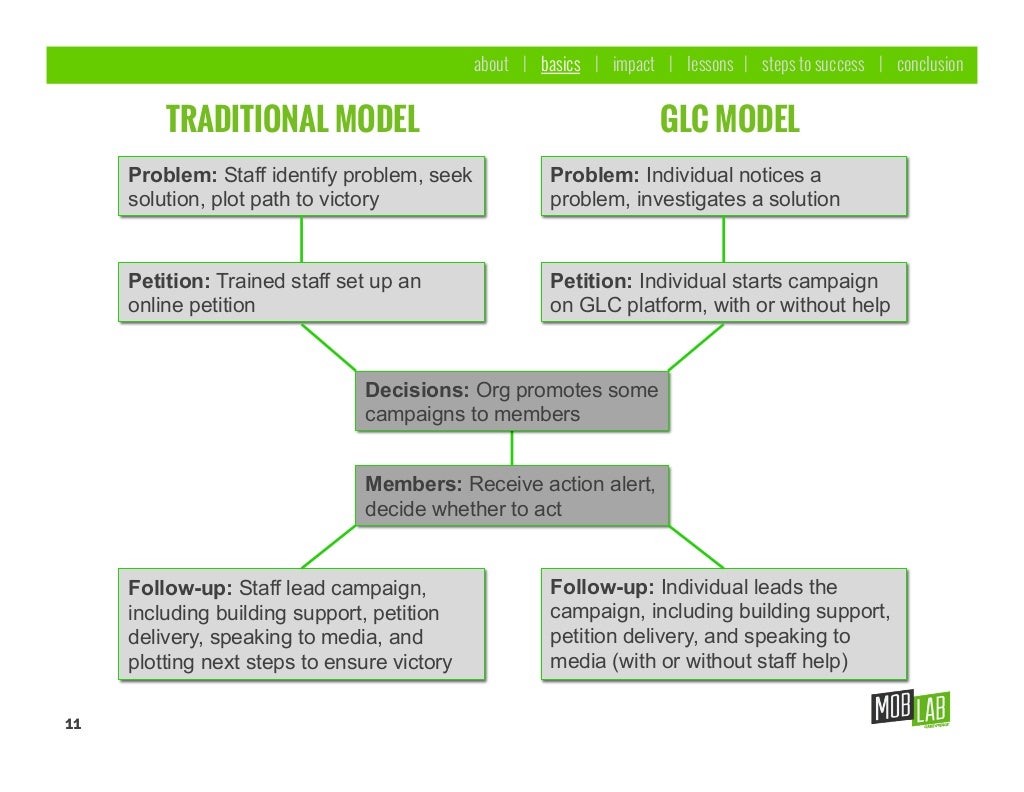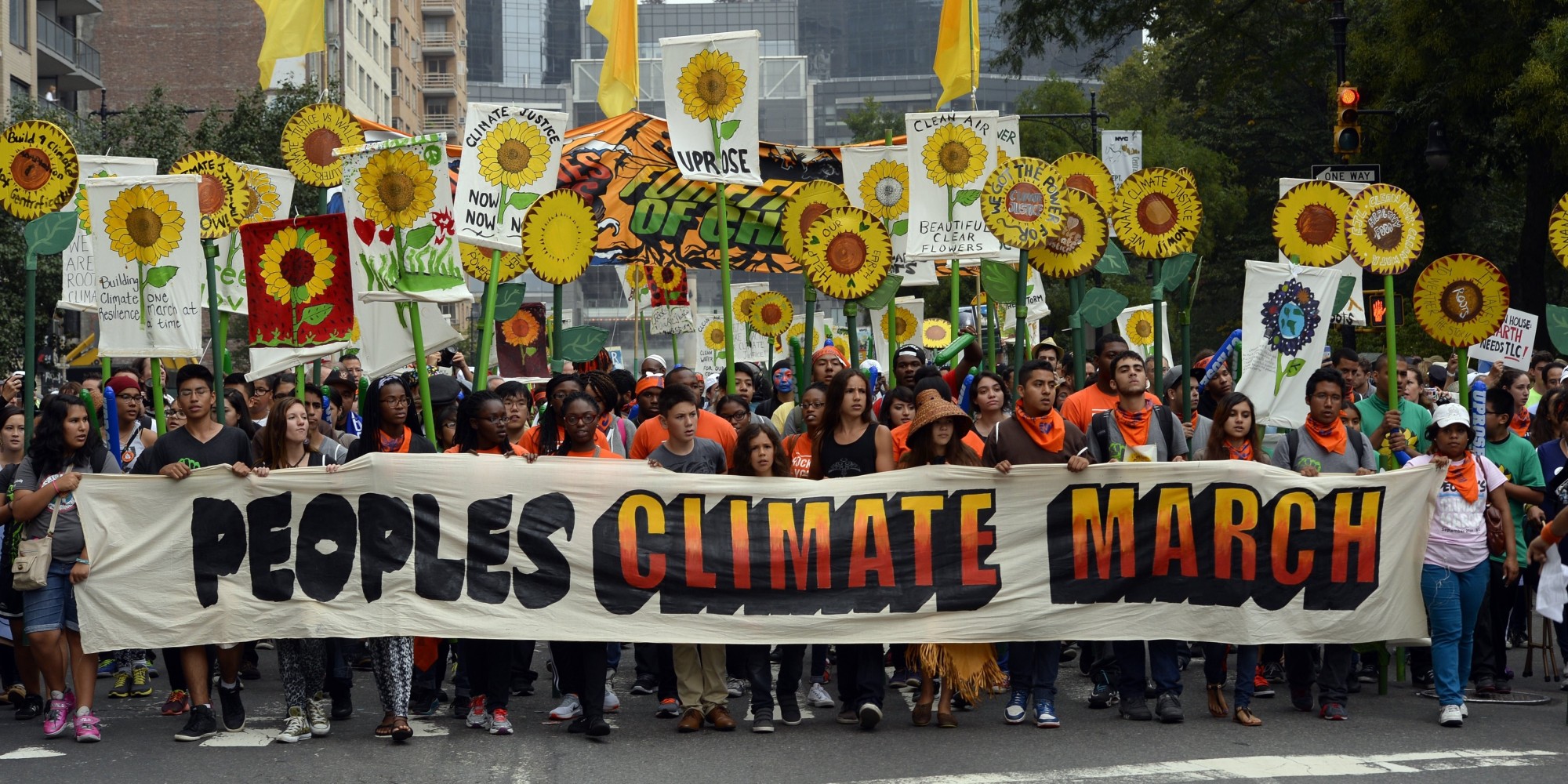Originally posted in January 2015 but still relevant for 2016!
I’m terrible at keeping new year resolutions (if you want a campaigner who takes them very seriously check out Oxfam’s Al Kinley), but I’m a big fan of using the start of a new year to try to build new habits.
So as you get back into the office here are a few thoughts about steps that you could take to be a better campaigner in 20156.
1 – Read. A wise person once said to me that ‘leaders are readers’ its a maxim that’s stuck with me, and is part of the motivation for this blog.
In20156, make time to read about campaigns that are winning, trends that will impact your campaigning (Mobilisation Lab is a good place to start (and hopefully this blog)), what’s going on in politics (as a start sign up for daily emails from Labour List, Conservative Home, Lib Dem Voice plus Times RedBox) and be inspired by campaigners from the past.
But don’t just read things you agree with, take a moment to follow blogs and read newspapers that put alternative perspectives across. Don’t assume that everyone thinks the same as you and your colleagues, they don’t. Believe it or not, you could be a better campaigner by reading the Daily Mail.
2 – Reflect. When I started my new job in July, I penciled in my diary to take the forth Friday afternoon of each month to escape my desk and spend a few hours reflecting on what was working and wasn’t working. It hasn’t happened, although I’m going to try again in20156 with a less ambitious fortnightly lunch slot!
In campaigning, it can often feel like a luxury to take an hour or two to reflect and review on the last week, fortnight or month, but research shows that reflecting on performance actually improves your work. Why not start the year by booking in 30 minutes every 2 weeks to reflect on the following questions;
- What is your campaign doing well and what should you continue to do?
- What is your campaign doing ‘okay’ or badly and what can it improve?
- In what ways has your understanding about the situation deepened or changed?
- What have your learnt in the last fortnight? What areas are you being stretched in?
3 – Get a mentor. I’ve really valued those who’ve invested time in helping me be a better campaigner. I’ve found meeting with someone on a regular basis, about once every 4 to 6 weeks for an hour or so over coffee, has really helped me in my career. I find a mentor is someones brain I can mine for ideas, someone who can help me see the bigger picture or coach me through a particular challenge I’m facing.
It can feel intimidating trying to identify a mentor, it could be someone more senior in your organisation (probably in a different team), a campaigner you admire or someone working in a related area you’re keen to deepen your experience in. Start out by suggesting you trial it for 3 months and take it from their, you’ll be amazed that people like to say yes when you ask them
4 – Plan to Rest. You might feel rested after a Christmas break with a few long lie-ins and quiet days, but book your next break now, and make a strategy for how your going to switch off from your work over the next year. We need you to be involved in the work of delivering social change for at least the next 12 years, not just the next 12 month, and sadly too many of us burnout. I love these resources from the team at Plan to Thrive, I can’t commend this article from Rockwood Leadership enough on how to develop good habits to avoid burnout and I’m a big fan of encouraging everyone to take a retreat.








 elections, campaigners in the UK get very excited about the one happening ‘across the pond’ in the US.
elections, campaigners in the UK get very excited about the one happening ‘across the pond’ in the US.
 1. All correspondence goes to the correspondence unit. There’s no mechanism to make anyone outside the unit aware of it. However SPADs and Ministers can enquire about what the public’s writing in about, and SPADs in particular are likely to make sure they do as a good way to keep in touch.
1. All correspondence goes to the correspondence unit. There’s no mechanism to make anyone outside the unit aware of it. However SPADs and Ministers can enquire about what the public’s writing in about, and SPADs in particular are likely to make sure they do as a good way to keep in touch. But it’s not always been based on much empirical evidence to prove the point.
But it’s not always been based on much empirical evidence to prove the point. Hearing Brian talk through how campaigners could make use of Theory of Change was really helpful at bring the theory behind the tool found in various reports and guide that I’ve read to life.
Hearing Brian talk through how campaigners could make use of Theory of Change was really helpful at bring the theory behind the tool found in various reports and guide that I’ve read to life. the strategies that will be needed to achieve this, to looking at the outcomes needed from activities to achieve this, to looking at the activities that will be required at the heart of the campaign.
the strategies that will be needed to achieve this, to looking at the outcomes needed from activities to achieve this, to looking at the activities that will be required at the heart of the campaign.